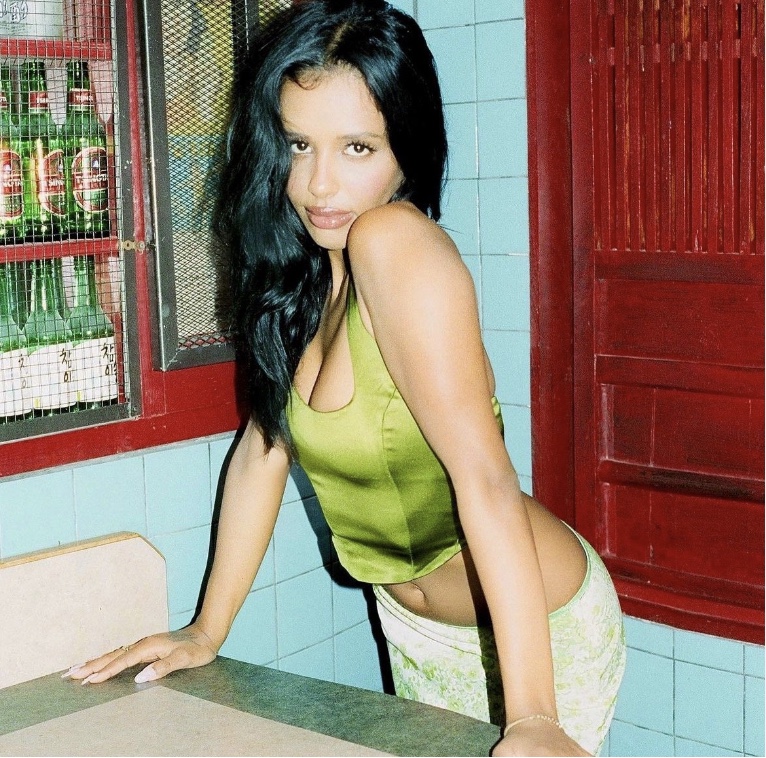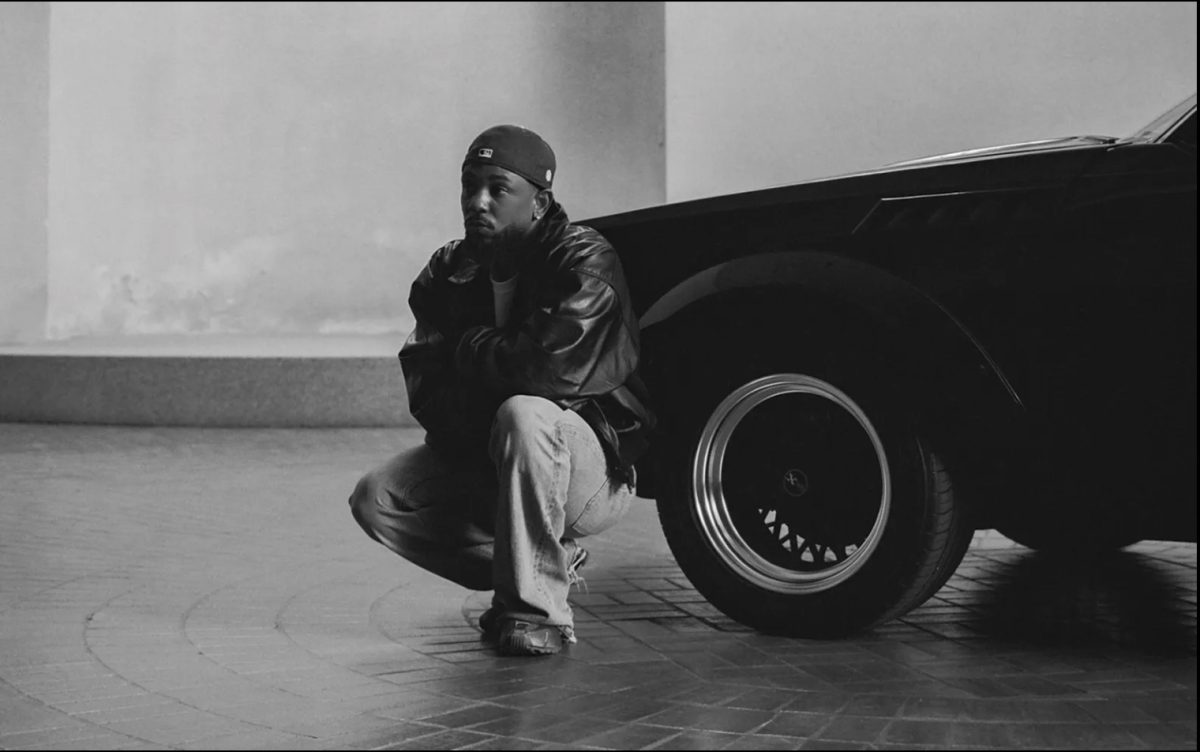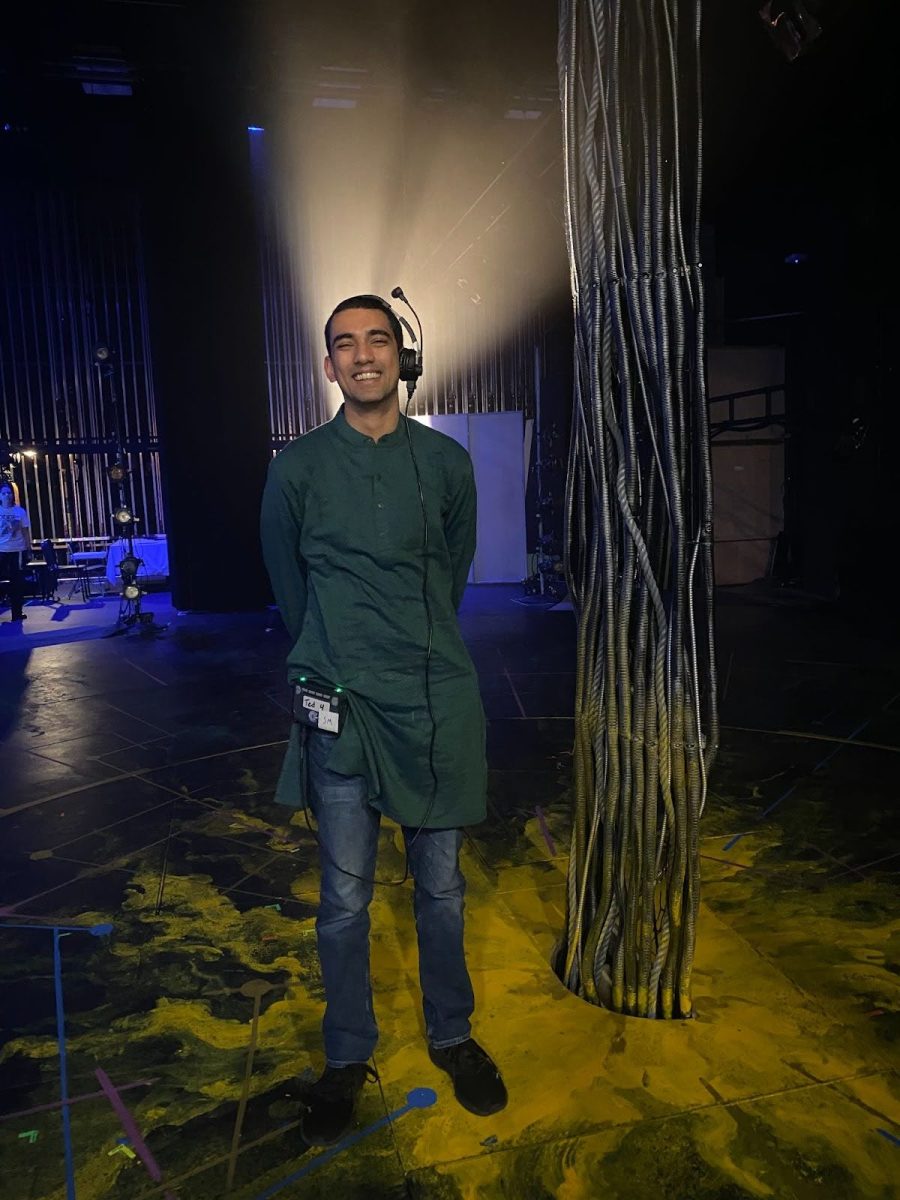On March 15, the third season of Queer Eye was released on Netflix. For those who haven’t seen the show before, it’s a reboot of the 2003 series Queer Eye for the Straight Guy, in which a friend, loved one or family member recommend people to be “made over” by the Fab Five. Each member of the Fab Five tackles a different aspect of life to help people improve their confidence: Tan France is fashion, Jonathan Van Ness is grooming, Bobby Berk is interior design, Karamo Brown is culture and Antoni Porowski is food and wine.
Traditionally, Queer Eye has been thought of as five gay men remaking a straight guy’s life. In the first two seasons, the focus was mainly on men; however, there have been people represented of many sexual orientations, genders, races, backgrounds, etc. All of the Fab Five are open-minded and willing to share their own personal stories with the people they are helping, which aids those people in turn to feel comfortable in sharing their own experiences.
While a large part of the show focuses on remaking the outside aspects of someone’s life, it also tackles issues of prejudice, such as those towards the LGBTQ community, religions, races and more. A central focus is on each person’s confidence and self-esteem levels. The Fab Five promote self-love and care for everyone; by practicing self-care, you can be a more authentic, confident version of yourself. While it delves into personal and societal issues, it is uplifting and inspiring. Many times, people are able to take the first steps in recognizing or overcoming problems that have been holding them back.
Season three follows the traditional format of the show: The Fab Five surprise the person they are helping, and over a series of a few days, make over their clothes, hair, house, teach them how to cook a meal and uplift their confidence and self-esteem. Each episode usually culminates with an event the person will host or attend, where they can show family and friends their new self.
Each person’s story is unique, and everyone has a different perspective, so it doesn’t feel repetitive. Since the people on the show are everyday, real people, it is relatable, which helps convey the messages. Also, the Fab Five are hilarious and keep you on your toes.
Season three is unique in the fact it tackles men and women alike. In season two, there was an episode with a woman, affectionately called “Mama Tammye” by the Fab Five (this is a must watch episode!). The women on season three have also followed the show’s diverse representations in having women of all sexual orientations, socioeconomic statuses and races. While the episodes don’t have to be followed in chronological order, I would highly recommend watching from the beginning. Each episode has its own important message. Season three is progressing even farther and expanding its reach to a new city, Kansas City, MO., and an even more diverse population that it is focusing on. This is a binge-worthy show that is easy to get hooked on!








